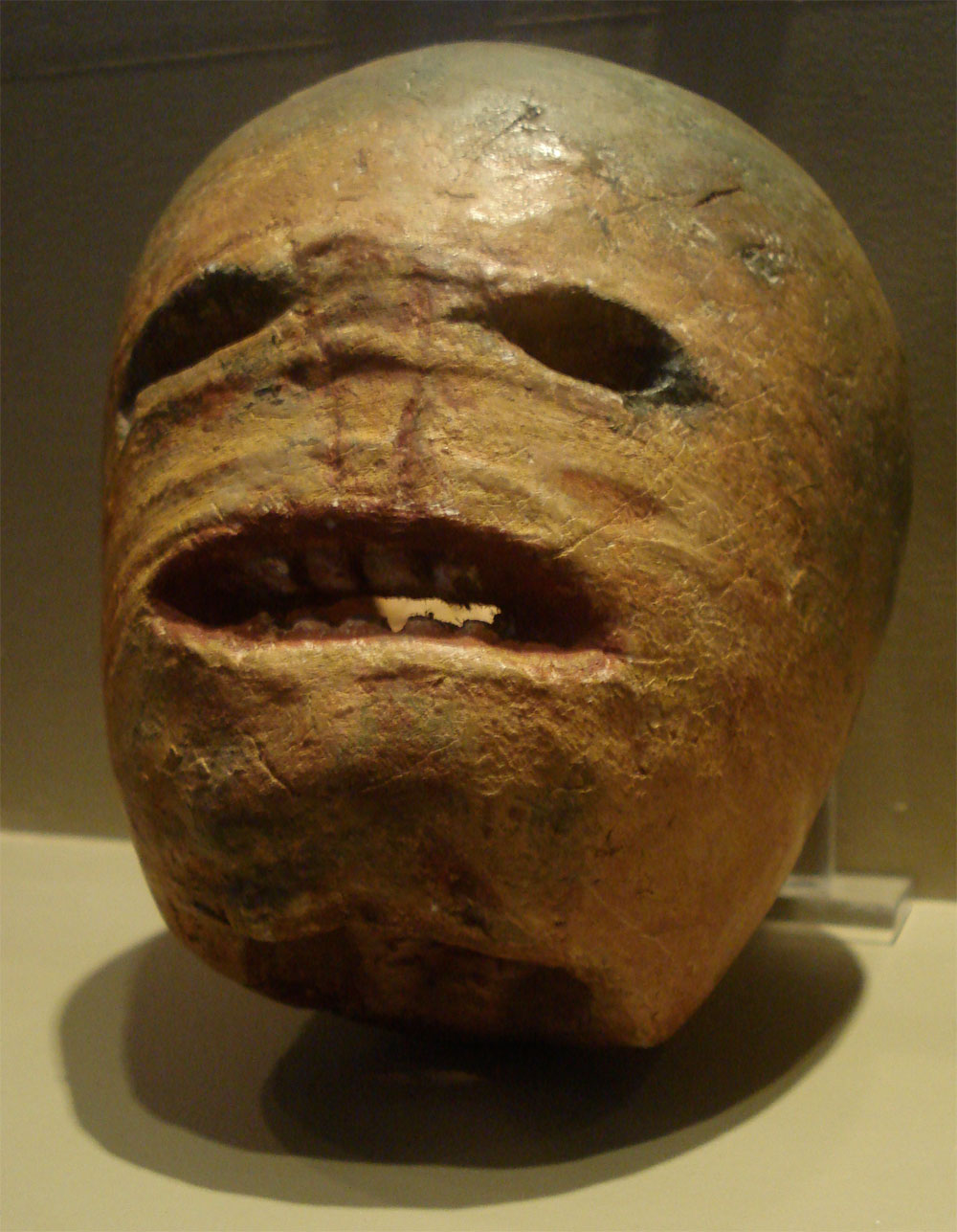Pronounced “SAH-win,” or /saʊɪn/ for those who study the International Phonetic Alphabet, Samhain is a Sabbath from Oct. 31–Nov. 1 to honor ancestors, celebrate the harvest of crops and mark the beginning of the dark half of the year.
Many pagans and Wiccans believe this is also a period when the barrier between the physical and spiritual worlds is at its thinnest.
Earliest known practitioners come from the ancient Celts; druid priests would light a community fire using a wheel to spark friction and flames. This wheel was a representation of the sun and renewal. Many additional aspects of this holiday symbolize death and rebirth.
A common myth associated with Samhain is that the holiday’s name is derived from a Celtic deity of death. However, Celts from Wales, Ireland and Scotland had different cultural interpretations of death and afterlife that don’t find direct comparisons in of many of the Abrahamic religions that came later in the region’s history.
Arawn would be the closest example of a Celtic god of the underworld, although even the understanding of the underworld is misconstrued. He was known as a skilled magician who resided as the Lord of Annwn, a Welsh otherworld described throughout ancient texts and folklore. It is believed that Annwn presents many similarities to the Arthurian legend of Avalon.
Another deity often described as the Celtic Goddess of Death would be the Morrigan. The Morrigan has been variously interpreted throughout history and folklore, but she is often associated with war, battle, fate and death. She is a triple goddess, appearing in many tales alongside her sisters Badb and Macha, although the Morrigan can sometimes refer to all three deities together.
None of these deities are usually associated with Samhain, at least not directly. Samhain, for many pagans and Wiccans, is the opportunity to celebrate and honor whichever deities they worship, as this holiday represents the best time to communicate with entities from the otherworld.
Dumb Supper—a meal held in silence to honor the deceased and invite ancestral spirits to the table—is now celebrated as part of Samhain. The ritual offers a time to commune with lost loved ones and celebrate the turning of a new year together, not dissimilar to Día de los Muertos.
As Christianity made its way into previously pagan communities, church leaders attempted to reframe Samhain as a Christian celebration, first declaring the celebration be moved to May 13 as a way to celebrate saints and martyrs. By the ninth century, Pope Gregory moved this celebration back to its original timeframe in autumn, declaring Nov. 1 to be All Saints’ Day and Nov. 2 to be All Souls’ Day.
This reframing did little to change the pagan roots of the tradition that continue to exist today. Oct. 31 became known as All Hallows Eve, retaining long-held traditions before it was widely adopted as Halloween in the 19th-century United States through Irish immigration and cultural migration.
Many of the gimmicks in modern-day Halloween come from the Celtic practices leading up to this time of year.
The most notable aspects of trick-or-treating, such as dressing up and going door-to-door, come from an Irish and Scottish tradition known as guising. Children would go door-to-door, singing songs, reciting poems, telling jokes or performing tricks, and collect fruits, nuts or coins as a treat.
Halloween pranks, while also originating from Samhain celebrations, existed but were often blamed on fairies.
While Halloween developed from Samhain, the pagan revivals that reintroduced Wicca and Druidism in the 1980’s have indoctrinated Samhain as a religious practice, separate from the U.S. celebration.
Dumb Suppers, communal practices and religious bonfires are only some of the many traditions that Wiccans and pagans practice on this holiday. Known as Summer’s End, it is a way for practitioners to reflect on the year, honor loved ones and invoke new opportunities moving forward.






